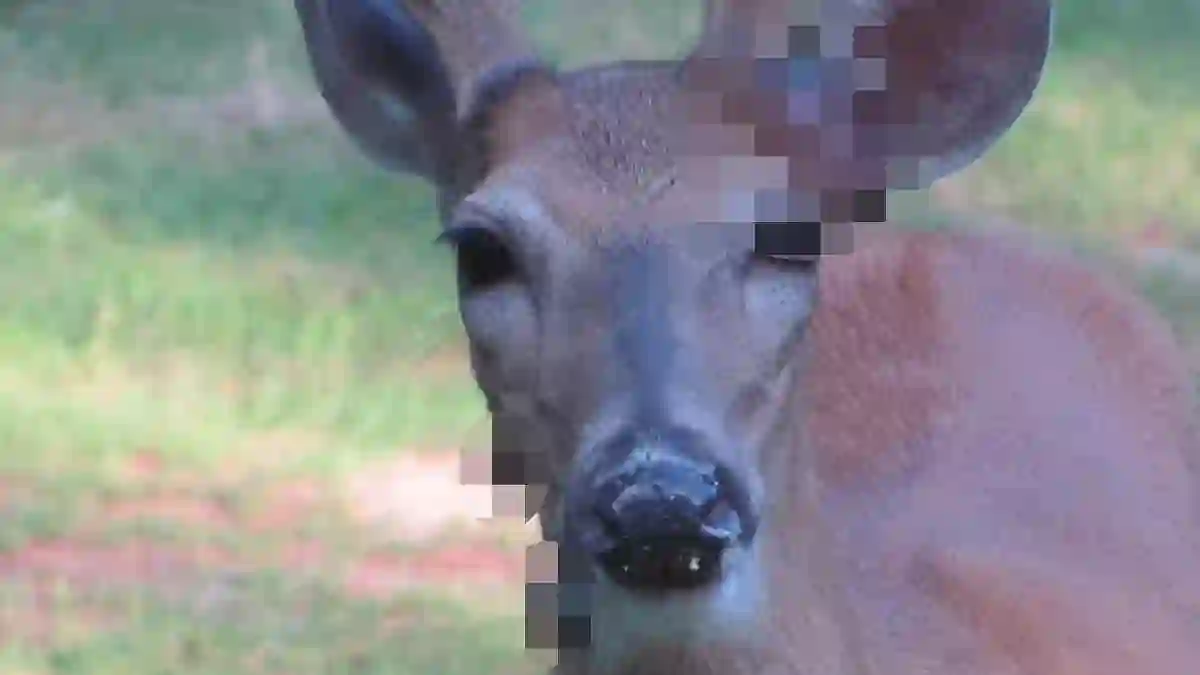As Americans enjoy the outdoors this summer, some have noticed a strange phenomenon affecting deer nationwide.
From New York to the Pacific Northwest, photos on social media have captured deer with unusual growths—tumor-like bumps appearing on their faces, legs, and bodies.
The growing visibility of these cases has put wildlife health under the spotlight, sparking curiosity and concern among local communities.
Experts Identify the Condition as Deer Warts
Wildlife officials have confirmed that these growths are a condition called deer cutaneous fibroma, more commonly known as deer warts.
The culprit behind the disease is a virus spread among deer, largely by insects such as mosquitoes and ticks.
Warm weather encourages these insects to thrive, which explains the increase in sightings during late summer and early fall.
“The papillomas are most frequently seen during this time because of the surge in biting insect activity,” explained the Washington Department of Fish and Wildlife.
How the Virus Spreads
The virus primarily moves between deer through blood-sucking insects.
Direct contact with infected deer can also transmit the virus, especially in areas where deer share feeding grounds, sleeping spots, or rubbing posts.
Male deer, in particular, can spread the virus while marking their territory during mating season.
Dr. Kristin Mansfield, a wildlife veterinarian in Washington, noted, “Deer often congregate at the same locations, which makes it easier for the virus to pass from one animal to another.”
Appearance and Severity of Deer Warts
Deer warts can range in size from small, pea-like bumps to large growths as big as a football.
Their color varies from gray to black or fleshy, often appearing hairless.
Despite their unsettling appearance, the condition is rarely fatal.
Most deer naturally fight off the virus, and the warts shrink and disappear within a few months.
However, in rare cases, very large or infected warts can interfere with a deer’s vision or ability to eat.
Connection to Human Viruses
Deer warts belong to the papillomavirus family—the same family of viruses that causes warts in humans, including common warts, plantar warts, and even some cancer-linked strains.
Fortunately, the virus affecting deer is species-specific and cannot infect humans or other animals.
Climate Change and Wildlife Disease Spread
Experts warn that climate change is contributing to the wider spread of insect-borne diseases like deer warts. Dr. Omer Awan from the University of Maryland School of Medicine explained that warmer temperatures allow mosquitoes and ticks to survive longer and invade new areas.
“These temperature changes are causing diseases that were once rare in certain regions to become more common,” Dr. Awan said.
He cited Lyme disease as an example, now appearing in places like Maine and southern Canada, where it was previously uncommon.
Social Media Highlights the Issue
Deer warts are not new—they have existed for centuries—but increased reporting on social media has made sightings more visible than ever.
“People are documenting and discussing these cases more, which amplifies awareness,” Dr. Awan added.
Broader Implications for Humans
While humans are safe from deer warts, the presence of deer can bring other risks into populated areas, particularly tick-borne diseases like Lyme disease.
Officials encourage the public to enjoy wildlife safely and be mindful of insects that can transmit illnesses.



